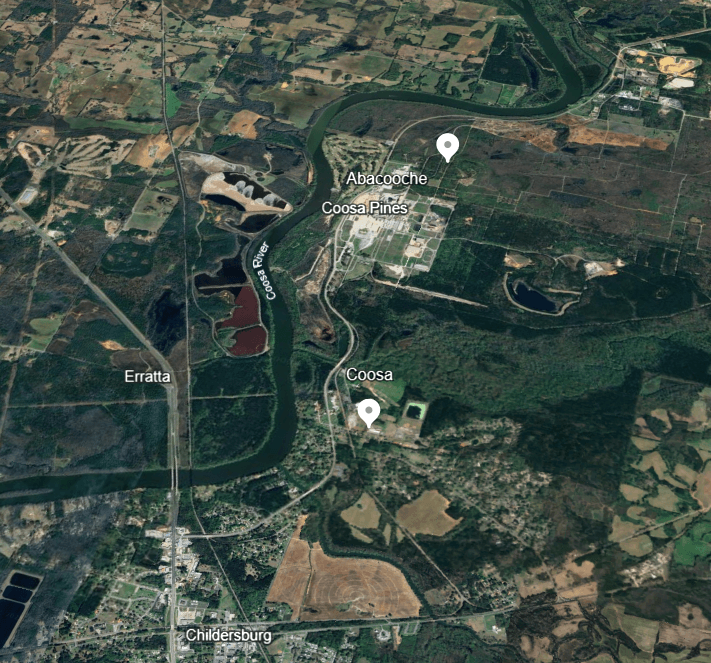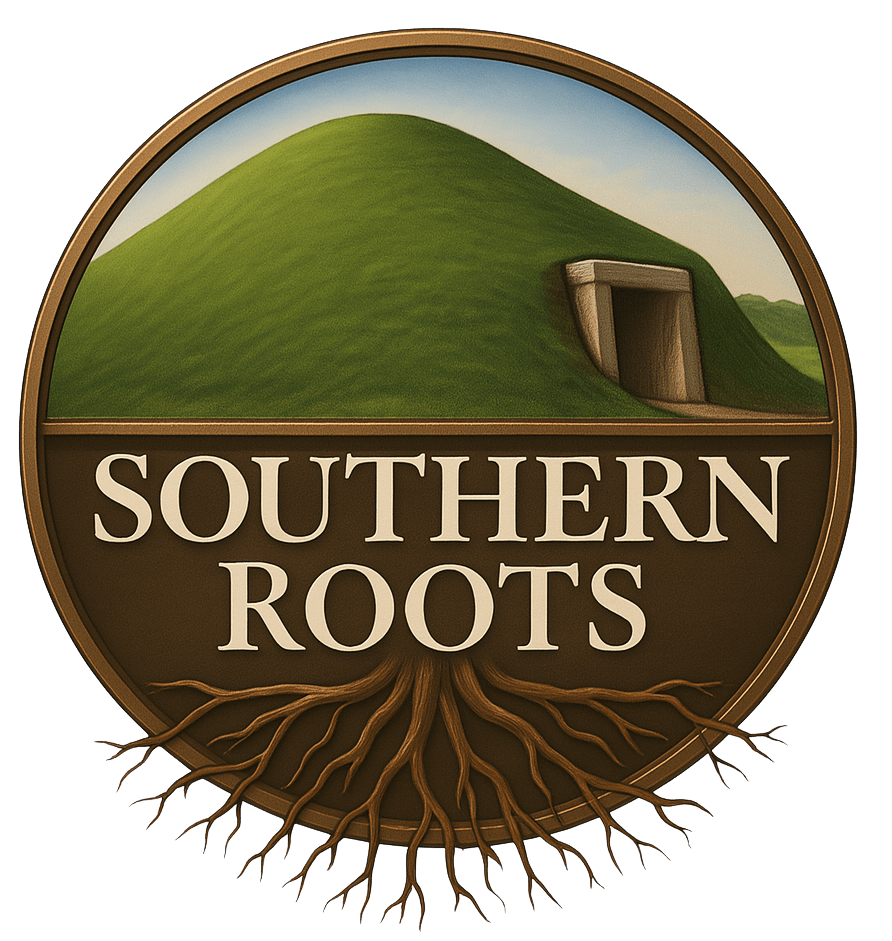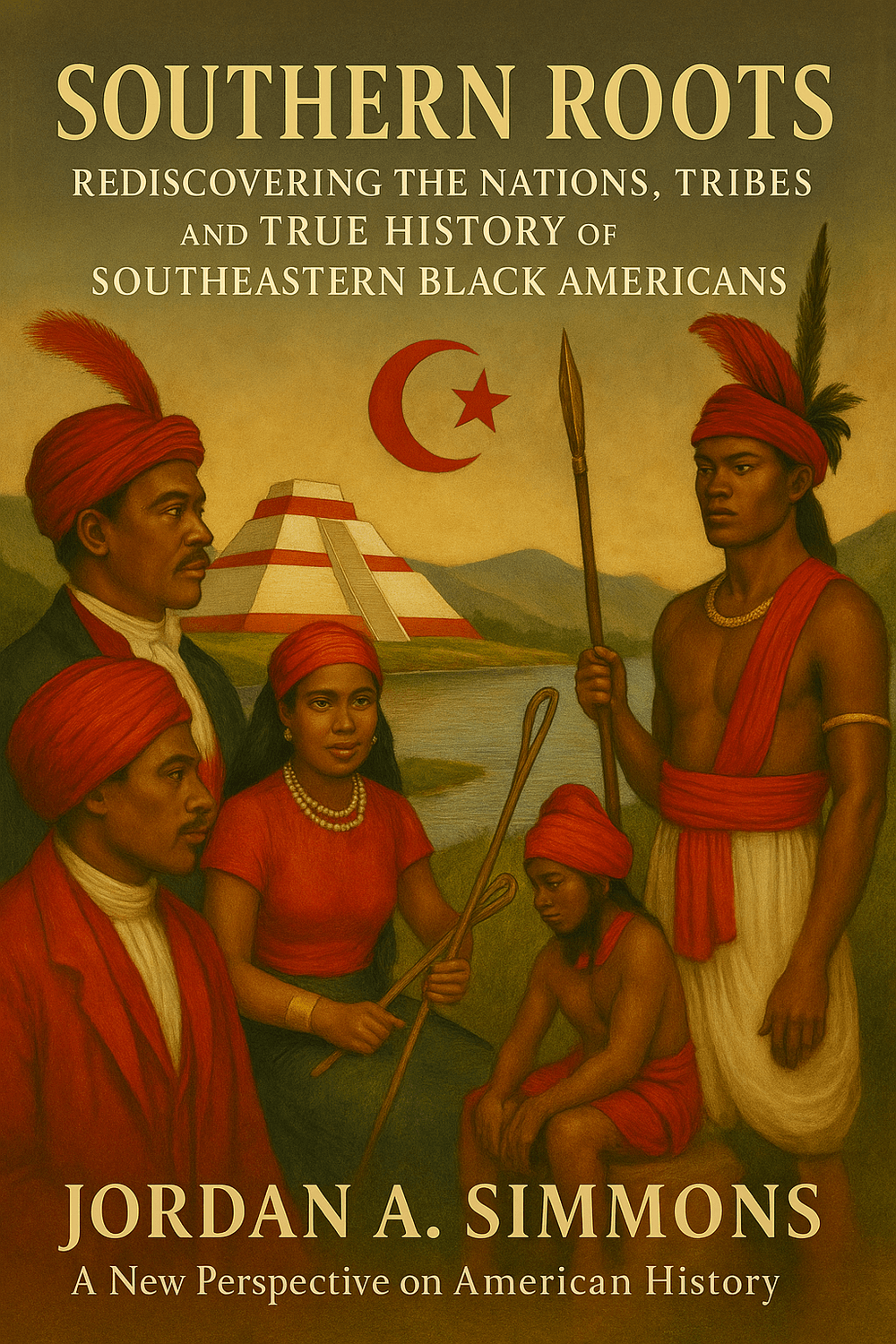Coosa and Abihka: The Elder Alliance of the Upper Towns
This article is part of our series "The Hidden Nations of the American South," revealing the true town-nations behind today’s Southeastern Black Americans.
Long before colonial borders carved up the South, the names Coosa and Abihka carried weight across the Southeast. These were not mere settlements—they were elder towns, the spiritual and political backbone of the Upper Muskogee dominions.
Elder Status and Sacred Memory
Coosa and Abihka were remembered as among the oldest families of the Muskogee Confederacy. Their relationship was both political and spiritual—an alliance rooted in ceremony, kinship, and geographic advantage. In the oral traditions of the Southeast, they are remembered as elder towns whose influence extended across rivers, valleys, and generations.
The Abihka, sometimes called the Abacooche or Abacouse, were tied to the Coosa River Valley, an area rich in farmland, fishing, and ceremonial sites. Bartram and Swanton both described them as an "elder division" within the Confederacy, respected for their ancient lineage.
Geographic Heartland
The Coosa River, also known historically as the Abacooche River, rises in Georgia, flows through Alabama, and merges with the Tallapoosa to form the Alabama River. This location—between Appalachian foothills and lowland trade routes—made Coosa a natural hub for diplomacy and exchange.
Hernando de Soto encountered the principal town of Coosa in 1540. Spanish accounts describe it as prosperous, with abundant maize and beans, powerful leadership, and ceremonial dignity. The Coosa chief received de Soto with formal processions, demonstrating a structured political order.
By the late 18th century, Hawkins recorded Coosa as a thriving agricultural community perched on a limestone ridge between two rivers—Koo-e-tuh-hat-chee and Eu-fau-lau—surrounded by fertile fields and a perpetual ceremonial fire.
Alliance with Abihka

The Abihka’s name appears in multiple locations, but its central hub was in present-day Talladega County, Alabama, near the Tallapoosa and Coosa rivers. The term Talatigi (or Talateke)—from talwa (town) and atigi (border)—means "border town," reflecting its frontier position within the Upper dominions.
Towns historically linked to Coosa and Abihka included:
Tuckabatchee
Talisi (near present-day Tallassee, Alabama)
Wetumpka
Variants of their names—Abacoochee, Coosawatchee, Abacouse—appear on Spanish, French, and British maps, marking their wide influence.
A Network of Power
This alliance controlled key trade corridors and ceremonial ties reaching from the Mississippian mound centers to neighboring nations. Their location allowed them to access both mountain and coastal trade, giving them leverage in diplomacy and conflict.
Even as colonial pressures fractured their settlements, the Coosa-Abihka connection endured in migration stories, ceremonial language, and place names. By the time of forced removal, some of the families carrying these town names relocated westward, bringing the memory of the elder towns into new lands like Oklahoma.
Ceremonial Significance
In the cosmology of the Southeast, elder towns like Coosa and Abihka were more than political centers—they were living archives. The titles of their leaders, the layout of their plazas, and the rituals they maintained were direct continuations of an older world that predated European contact by centuries.
📚 This is part of the Southern Roots blog series revealing the true nations behind modern Southeastern identity.
👉 Explore the full history in Southern Roots: Rediscovering the Nations, Tribes, and True History of Southeastern Black Americans.
Let us know what you think in the comments!

